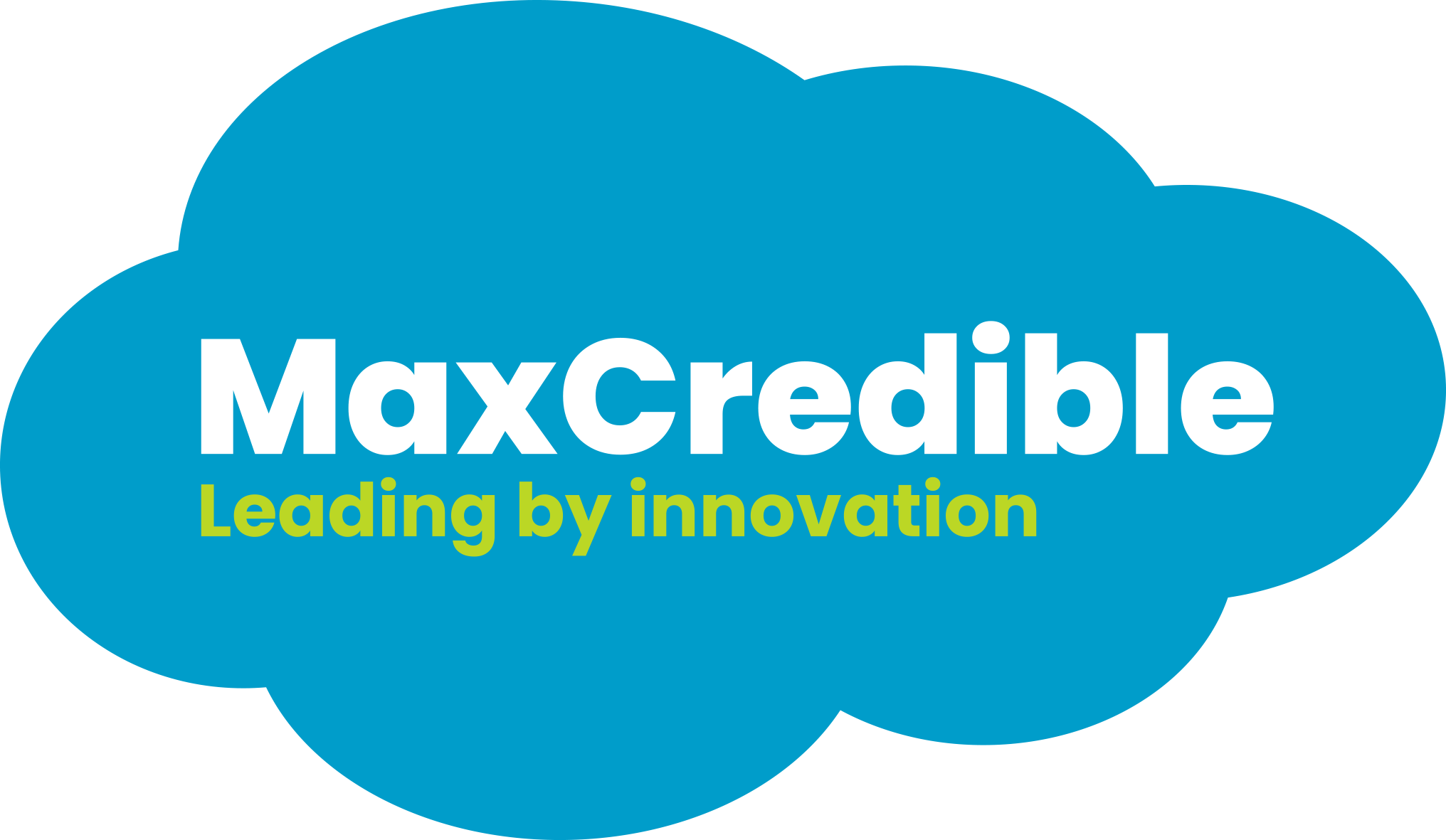From digital communication to digital service provision
From digital communication to digital service provision
img{max-width:100%;}
We live in a time when, more than ever, the customer is king. As a company you have to go along with this. There is therefore a transition from digital communication to digital service provision. The emphasis is increasingly on providing optimal service to the customer, through different channels, and often automatically.
On the consumer side, this translates into a customer who must be able to ask a question, receive a reminder or arrange something at any time of the day, via his telephone or computer, even outside office hours.
Omnichannel communication
Where in the past the telephone and later e-mail were the means of communication, we are increasingly using multiple channels to communicate. Some want to receive a message via Facebook, others prefer an email, a WhatsApp message or telephone contact in response to a question. They are increasingly using multiple channels.
We therefore see that there is a trend in which more and more parts are included in automated communication with customers. Marketing, service and invoicing of a company are coordinated and the tone-of-voice is the same everywhere. The possibilities here are virtually endless.
Imagine that as a customer you see an advertisement for beautiful shoes via Instagram. You click on it and then you end up on the website where you order them. You indicate that you want them delivered to your home. Immediately after placing the order, you realize that you are not at home at the time of delivery, so you decide to send the company a message via WhatsApp that you prefer to pick them up in the store yourself.
That is then arranged. You will then automatically receive a message, for example via text message, e-mail or WhatsApp, when you can pick up the shoes in the store. Once you have the shoes in your possession, you will receive the invoice by e-mail.
The contact with this customer does not have to be over after that. After some time, ask via e-mail, for example, whether the shoes are satisfactory, the customer is interested in similar shoes, or perhaps a free cleaning.
There are of course many more options for automated services and we are happy to help you with a suitable solution for your organization.
The future
Our field is very innovative and technology is constantly evolving. Matters such as artificial intelligence and the recognition of human emotions by computers are matters that will play an increasingly important role in digital services.
For example, since December 2017, KLM has been answering some of the customer questions that they receive via, for example, Facebook Messenger, WhatsApp and Twitter by means of artificial intelligence (AI). They analyze all incoming messages and prepare automatic replies based on this.
Recognizing human emotions is something that will become commonplace in digital services in a few years' time. The computer understands the customer's emotion. Based on this, a suitable solution or answer is found. For example, a customer may be automatically connected with an employee who has been specially trained for this, if the customer seems irritated.
Of course, when using artificial intelligence and recognizing human emotions, it remains important that the customer remains central. These kinds of possibilities will only flourish if this starting point is maintained. As we said at the outset: the customer is and will remain, more than ever, king.
© 10forit B.V. 2018
